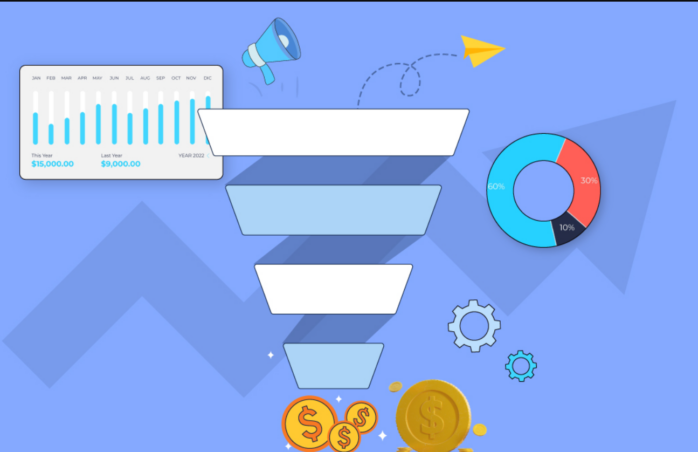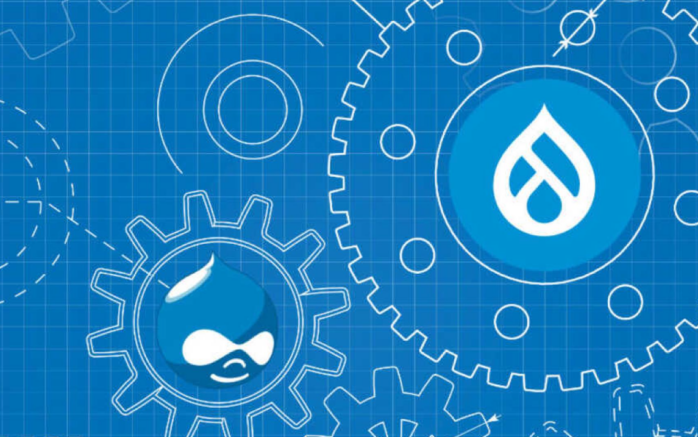When it comes to website development, organizations often focus on aesthetics, pouring their passion into the visual elements that represent their brand. However, a beautiful website alone is not enough.
To truly make an impact and drive revenue, your website needs to be strategically designed to navigate buyers through their purchasing journey and provide opportunities for engagement.
This is where demand generation steps in, transforming your web presence from an online brochure into a high-performance machine.
There are plenty of B2B demand generation agencies specializing in Drupal and other tech tools, and they have already helped numerous companies develop effective strategies and compelling content to achieve their goals.
We would like to share the most valuable insights gained through working closely with clients who opted for Drupal marketing automation.
But first of all, let’s discover what exactly web demand generation means for businesses.
Understanding demand generation for B2B success

In simple terms, demand generation encompasses a range of activities aimed at helping potential buyers discover your offerings online, engaging with content that influences their purchasing decisions, and initiating sales conversations.
It involves a combination of strategies across paid, owned, and earned channels, constantly testing and optimizing to generate leads that turn into customers.
Feeling overwhelmed by the breadth of demand generation tactics? Let’s start by exploring a few key strategies you can consider for your demand generation approach.
1. Divide your audience for relevance
Segmentation empowers your team to tailor content specifically to different buyer roles and needs.
Successful demand generation and account-based marketing campaigns often involve identifying key decision-makers at target companies and delivering personalized content to them.
You can also enhance outreach effectiveness by separating and sorting email lists based on sub-industries or industry sizes.
2. Prompt your prospects to engage
High-value assets, such as e-books, white papers, and analyst reports, can generate better results when enclosed behind a contact form.
Similarly, offering registration for on-demand webinars, product demos, or trials can also drive engagement. Utilizing demand generation tactics to promote this content will help you maximize lead generation and capture valuable contact information.
3. Optimize sales efforts through lead scoring

Most B2B customers engage with marketing content before interacting with the sales team. Implementing a lead scoring system can help maximize your sales resources by determining when a lead shows enough interest to guarantee direct outreach.
While marketing automation software often handles this process, you can develop a simple scoring process by analyzing sales data and identifying the key data points that influence sales.
4. Connect off-site content with SEO goals
External signals, such as inbound links and brand mentions, significantly impact how search engines like Google rank websites.
When promoting your brand off-site through channels like public relations, social media, guest posting, or other types of content, keep your website’s target search keywords in mind.
This connection can boost your SEO efforts and increase your website’s credibility.
5. Expand opportunities with cross-sell and win-back campaigns
Demand generation isn’t limited to acquiring new customers. Existing customers and lost sales still present opportunities for revenue growth.
You can increase your brand awareness by communicating product announcements, industry news, and tailored content via email or social media. Even more, you may potentially introduce customers to products they hadn’t previously considered.
For lost customers, providing relevant content that addresses their pain points keeps them engaged and creates opportunities for discount offers or renewed sales outreach.
A Drupal success story: The power of killer demand generation

Let’s take a moment to illustrate the impact of demand generation through a practical example.
The information we are going to share showcases the collaboration of the Stanford Graduate School of Business with Drupal marketing tools to redefine their digital experiences using Drupal and implement a design system.
Here are the key highlights and outcomes of the project:
1. Enriched digital experiences
The project aimed to enhance the digital experiences for students, alumni, faculty, and staff of Stanford Graduate School of Business.
This included elevating the course selection experiences, revamping mobile experiences, and empowering non-technical staff to create and manage content independently.
2. Migration to Drupal 8
The existing Drupal 7 site was upgraded to Drupal 8 to take advantage of its content moderation and authoring capabilities. Drupal 8’s component-based design approach allowed site administrators to create content pages effortlessly using a drag-and-drop interface.
3. Design system implementation

A design system was created to provide a unified library of components, patterns, and guiding principles. This ensured consistent designs across different platforms and expedited the process of building and scaling GSB’s platforms.
4. MyGSB portal
The MyGSB portal was designed to deliver consistent and personalized experiences for students, faculties, and staff. The component-based approach and systematic component breakdown ensured consistency, adherence to brand guidelines, and a highly personalized user experience.
5. Flawless content migration
The university’s website, consisting of various educational courses, programs, and events, was migrated from Drupal 7 to Drupal 8. Automated content migration testing tools were used to ensure data integrity during the migration process.
Bringing all together

To achieve a successful B2B sales cycle, you must recognize that it requires a comprehensive strategy encompassing various interconnected efforts. A website alone cannot raise brand awareness, build credibility, or engage customers.
By incorporating demand generation techniques into your online marketing, whether by collaborating with an agency or leveraging internal resources, you can maximize your business’s return on investment.
Remember, demand generation goes beyond aesthetics and focuses on driving performance.
By implementing segmentation, connecting off-site content with your SEO goals, prompting prospects to engage, optimizing sales efforts, and expanding opportunities with cross-selling and win-back campaigns, you can transform your website into a powerful revenue-generating tool.
In this fast-paced digital era, a strategic approach to demand generation is essential. Embrace its potential and unlock the true power of your website!



















